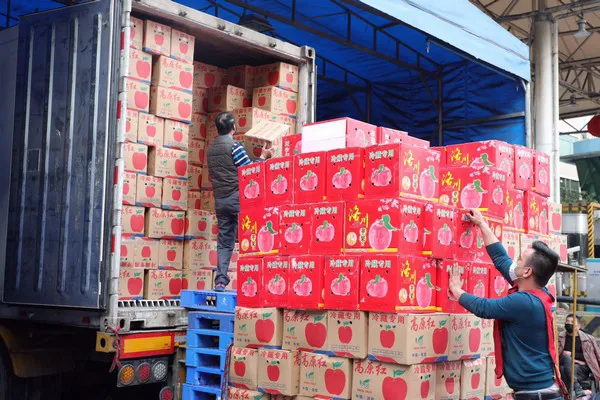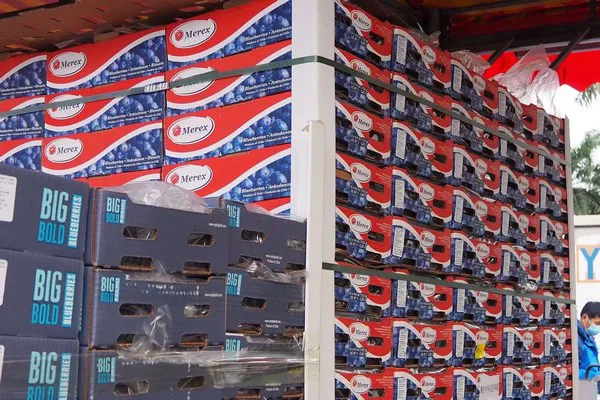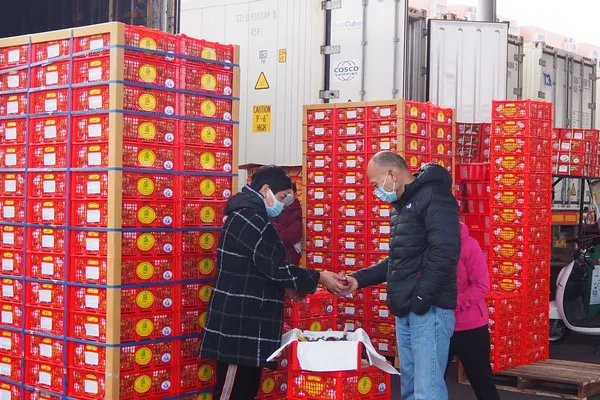"The Chinese market has gradually recovered after the outbreak of COVID-19 was brought under control. Consumption is growing again. Both the import volume and the sales volume significantly increased in comparison with two months ago." This is according to manager Liang Shisheng, spokesperson for Jiangnan Fresh, which is an e-commerce platform specialized in fresh produce. Manager Liang recently talked about the current conditions in the Chinese import market.

"Durian and mangosteen from Thailand stand out among the products from East Asia. This is the peak of their sales season. Fruit from Thailand previously came to China via overland routes and crossed at the border with Yunnan. However, as a result of the COVID-19 pandemic, many border ports are closed or the speed with which trucks are processed is much slower than usual. Many traders from Thailand therefore switched to sea freight. This route takes 2-3 days longer than overland transport, but has a greater effectiveness during the COVID-19 pandemic. The difference in cost price is not large. The export volumes of durian and mangosteen are more or less the same size as last year, but the price increased by 10%," said manager Liang. "The price rise is still within regular boundaries. We think the fluctuation is a result of inflation."

"Some of the more popular fruits from overseas markets include Australian grapes and Chilean grapes. The price of import grapes is 15%-20% lower than around this time last year. The main reason for this development is the abundant grape harvest in the southern hemisphere. The supply volume is huge and since Chinese consumption levels temporarily declined, trade slowed down. In other words, market supply exceeds consumer demand, which means that the price drops," explained manager Liang.

"We are currently organizing the "426 Jiangnan Fresh Festival", which will take place on April 26th. At that time, several large-scale sellers from Jiangnan, such as Shengpai and Nanfeng, will participate in 'online promotional flash-sale' activities. Buyers will be able to purchase a great variety of top-quality fruit with large discounts," said manager Liang. "This will be the third time that we've organized this festival. However, unlike in previous years, this will be the first time that we'll have online sales activities, to allow buyers and sellers to safely interact."

"The total value of trade during the "426 Jiangnan Fresh Festival" of 2019 reached 6 million yuan [850 thousand USD]. This year we anticipate a total trade value of 8 million yuan [1.13 million USD]. We expect the sales volume of fruit on that day to increase five-fold in comparison with a regular day of sales. We will of course also sell fruits that are at the peak of their sales season. We expect the sales volume of Thai durian to reach 5 shipping containers, while we estimate that the sales volume of Thai mangosteen will reach 6 thousand boxes. The sales volumes of Australian and Chilean grapes may also reach more than 10 shipping containers," said manager Lian.
For more information:
Liang Shisheng
Jiangnan Fresh
Tel.: +86 135 9028 3910
E-mail: shisheng.liang@freshjn.com
